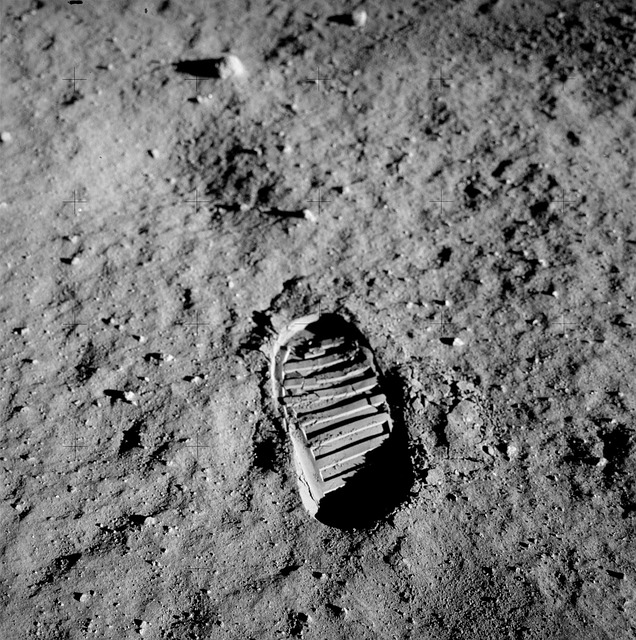News Highlights:
- Cooling earth with moon dust: A group of US scientists proposed an unorthodox scheme to combat global warming by creating large clouds of Moondust in space to reflect sunlight and cool the Earth.
- The plan is to Mine dust on the Moon and shoots it out towards the Sun. The dust would stay between the Sun and Earth for around a week, making sunlight around 2% dimmer at Earth’s surface, after which it would disperse.
Moondust to cool Earth:
- About moondust:
- Lunar soil is the fine fraction of the regolith found on the surface of the Moon.
- Its properties can differ significantly from those of terrestrial soil.
- The physical properties of lunar soil are primarily the result of the mechanical disintegration of basaltic and anorthositic rock, caused by continual meteoric impacts and bombardment by solar and interstellar charged atomic particles over billions of years.
- How it implements:
- Researchers from the U.S. have proposed that billions of tonnes of dust can be launched from the moon to a Lagrange point – a point in space where the earth’s and the Sun’s gravitational fields cancel each other out.
- The dust would stay between the Sun and Earth for around a week making sunlight around 2% dimmer at Earth’s surface.
- After a week, it would disperse and shoot out more dust.
Why Moondust:
- Alternative to solar geoengineering method:
- Proposed measures to cool Earth by reducing the amount of sunlight reaching the surface are often called “solar geoengineering” or “solar radiation management”.
- This method involves injecting a thin layer of aerosol particles into Earth’s upper atmosphere.
- This alteration of the atmosphere is anticipated to have an impact on rainfall and drought patterns, as well as other unintended effects, including harm to the ozone layer.
- These difficulties will not be encountered by moon dust in space because it wouldn’t affect our atmosphere as moon dust is launched from the moon to a Lagrange point.
- Less energy:
- Deflecting sunlight with gigantic filters or mirrors in space or swarms of artificial satellites is one of the suggestions to reduce solar radiation.
- Moondust looks pretty good compared with these ideas, as moon dust is plentiful, and launching dust clouds from the Moon’s lower gravity would require substantially less energy than similar launches from Earth.

Problems associated with Moondust’s ambitions:
- Logistic hurdles:
- Moondust’s ambitions would be much slower. There are several major engineering and logistical hurdles to overcome.
- At a minimum, we would need Moon bases, lunar mining infrastructure, large-scale storage, and a way to launch the dust into space.
- No human has set foot on the Moon in over 50 years. While China is looking to establish a Moon base by 2028, followed by the US in 2034, a well-functioning mining and dust launching system is likely many decades away.
- Lack of international policy:
- The world currently has little coherent policy or governance for space and the Moon.
- Many fundamental questions about human activity in space, such as how to manage the growing layer of bullet-speed space junk orbiting the Earth, are unanswered.
- Questions arise on the legality of moon mining and ownership of space as we have a patchwork of contradictory policies
- The 1967 Outer Space Treaty prohibits “appropriation” of space resources (implying a ban on mining), and Article 11.3 of the 1979 Moon Treaty states that the Moon’s resources cannot become the property of a country, group or person.
- However, the US, Russia and China have not signed the Moon Treaty.
- With such contradictory policies, lunar mining is a fundamental legal grey area. Shooting Moondust off into space is another legal dilemma several steps down the line.
- Political conflicts:
- The 20th-century space race reflected Cold War geopolitics. Contemporary space governance is shaped by today’s political rifts.
- Political disagreements over Moondust deployment could prove far more dangerous.
- Different countries could prefer different extents of cooling or whether Moondust cooling should be used.
- Space real estate:
- The Moondust would linger around the “Lagrange point” between Earth and the Sun, where the gravitational forces of the planet and the star balance out.
- Unfortunately, this valuable piece of space real estate is already occupied by satellites, including the Solar & Heliospheric Observatory and the Deep Space Climate Observatory.
Pic Courtesy: Pixabay
Content Source: The Hindu



